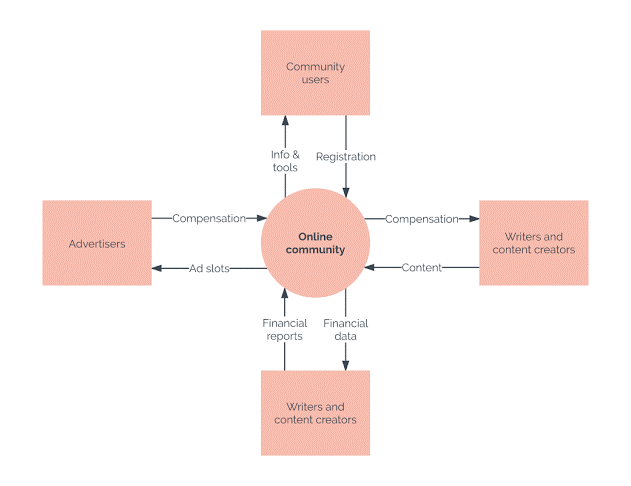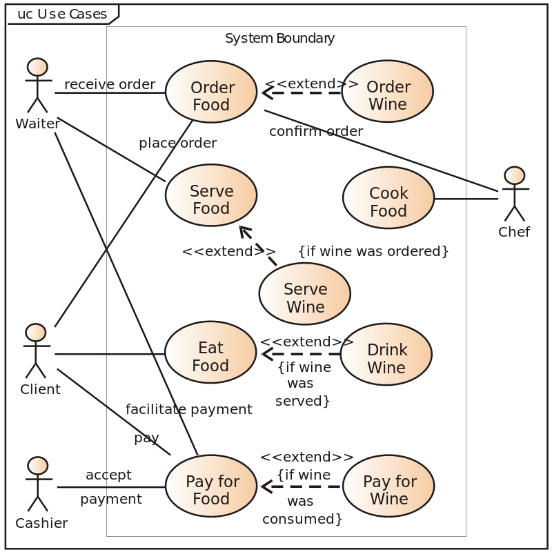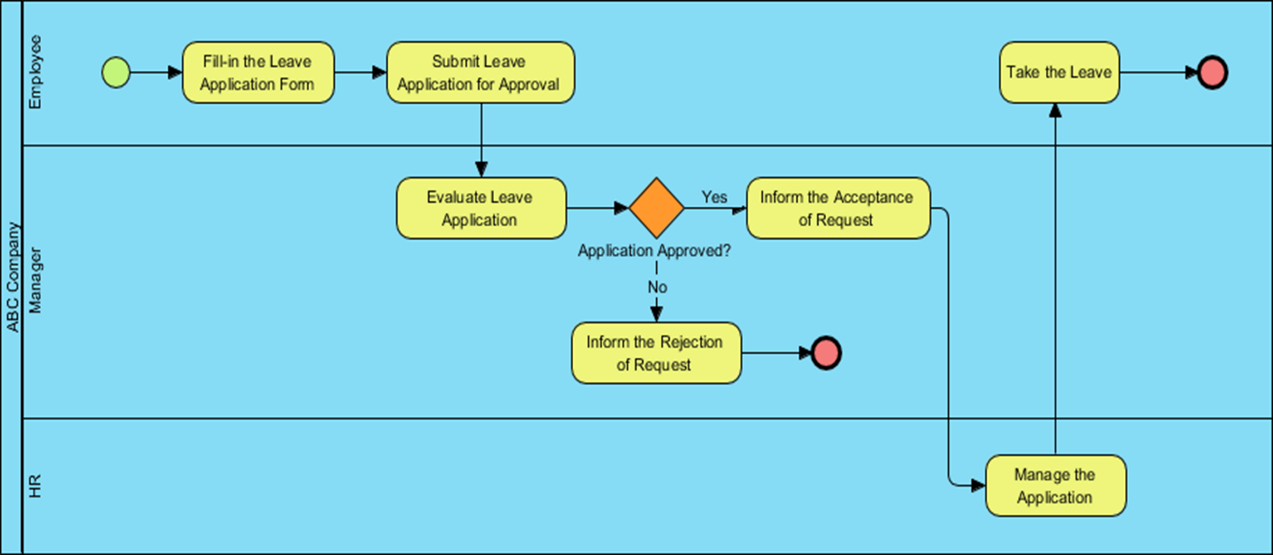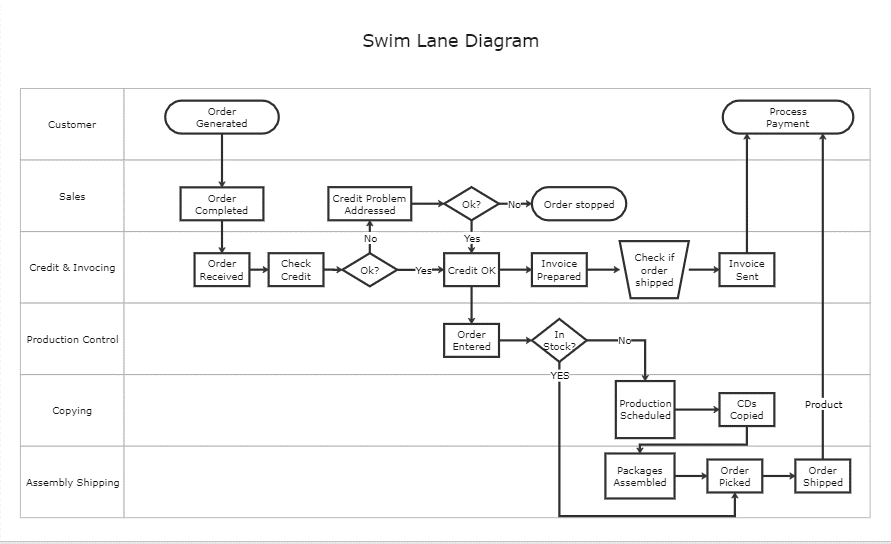A picture is worth a thousand words. Charts offer visualization and help to understand and comprehend things that would be more painful and time consuming to understand by reading free text. Diagrams help us design systems and processes, organize our screens, while facilitating a common understanding of the big picture. They help us make visible the invisible.
Αs a BA you can exploit a big variety of diagrams to help you communicate better and more accurate information concerning the requirements and the solution. Diagrams leverages the effective use of visuals and modeling techniques in helping organizations and individuals work from the 30,000 foot view down to the level of detail that is needed by those who are actually going to perform the process activities. Moreover a diagram can serve as a single point of truth navigating what should be done and saving time from questions deriving from ambiguous point may found in a text.
Selecting the Proper Diagram
Before selecting the proper diagram you have to take into account the context and the aim of communicating something with a diagram.
- The context has to do with the environment you are performing the business analysis work. The policies and procedures in your organization. The level of understanding and the maturity of your audience.
- The aim has to do with what you want to achieve with this diagram? A better understanding on what exactly? You may use a diagram as part of a formal documentation or a diagram to make your team gain an understanding about a feature or a process. Or you may use a diagram to identify the current state and areas of improvement.
Four types of Diagrams
Some common diagrams may be used from BA are the following:
Before you dive into more detail in business analysis deliverables for a specific project it it is important first to understand where and how the organization fits into the big picture of things. The context diagram provides a visual view of how the organization fits within the outside world and is viewed at the highest level. A context diagram depicts the external entites an organization interacts with and the type of those interactions.
The benefit of the context diagram is that you can drill down to features of a solution that will provide value. How? By knowing through the interactions of the diagrams the organization functions that are necessary and consequently the system features can increase value. A context diagram can contribute to defining the project scope, as well as, for the validation of requirements.
An example of a context diagram can be found below:

Figure 1 Αn example of context Diagram. Image from https://www.edrawmax.com/context-diagram/
Use case diagrams are a precursor to use case specifications that capture the overall functionality of a system at a very high level using notations for actors, use cases, and relationships among them. They are often used as a summary of all use cases in a system, showing which use cases have been identified and documented elsewhere in the detailed use case specifications. There are four elements in a use case diagram. Use cases, the system for which the use cases have been identified, the actors, and associations among all these elements. Note that some business rules and non-functional requirements about system access can be deduced from a use case diagram.

Figure 2 An example of Use case Diagram. Image from https://en.wikipedia.org/wiki/Use_case_diagram
- Βusiness Process Diagrams
Business Analysts, use business process modeling diagrams to be able to determine capability of what is being performed today and how a specific part of a system works and what is planned as the expected future state. BPD are used to depict a processes including manual tasks, system tasks, Events, activities, gateways, sequence flows, message flows, associations.
Business Process Model and Notation (BPMN) provides an industry-standard language for modelling business processes in a form that is accessible by both business users and technical developers. A key feature of BPMN is its ability to distinguish the activities of different participants in a process with pools and swimlanes.[1]
BPMN leverage a consistent modeling approach and symbol set that enables an easy to read picture of the work that is being performed and the workflow between the functional areas performing them.

Figure 3 An example of BPD. Image from Visual Paradigm
If you try to communicate what steps should be performed and in what sequence for a specific process at the lowest level of detail, you may use a flowchart diagram. Flowchart diagrams are used to depict a specific process from the start to the end. A flowchart can be easily understood by not technical team and display a comprehensive sequence of activities.
Swim Lane Flow Charts provide also logical layers concerning the actors, responsible parts or modules of the system.

Figure 4 An example of Swim Lane Flowchart Diagram. Image from https://www.edrawsoft.com/swimlane-diagram.html
CheckList
- What you aim with this diagram?
- Is the diagram consistent?
- Will those who will read the diagram understand?
- Will the diagram provide a single point of truth for the implementation?
- Will a new colleague who will advise the diagram I created, be benefited?
- Do I choose the best alternative from the available diagrams to communicate what I want to communicate?
 Author: George Sioutzos, Business Analyst, Business Author
Author: George Sioutzos, Business Analyst, Business Author
George Sioutzos is working in the business consulting industry as a business analyst. He has experience in projects from different sectors. He holds a BSc in Management Science and Technology from Athens University of Economics and Business and Msc in International Business & Management. Numerous articles about business and technology issues have been published in most reputable Greek and foreign media.
References/footnotes:
- https://www.visual-paradigm.com/tutorials/how-to-create-bpmn-diagram/